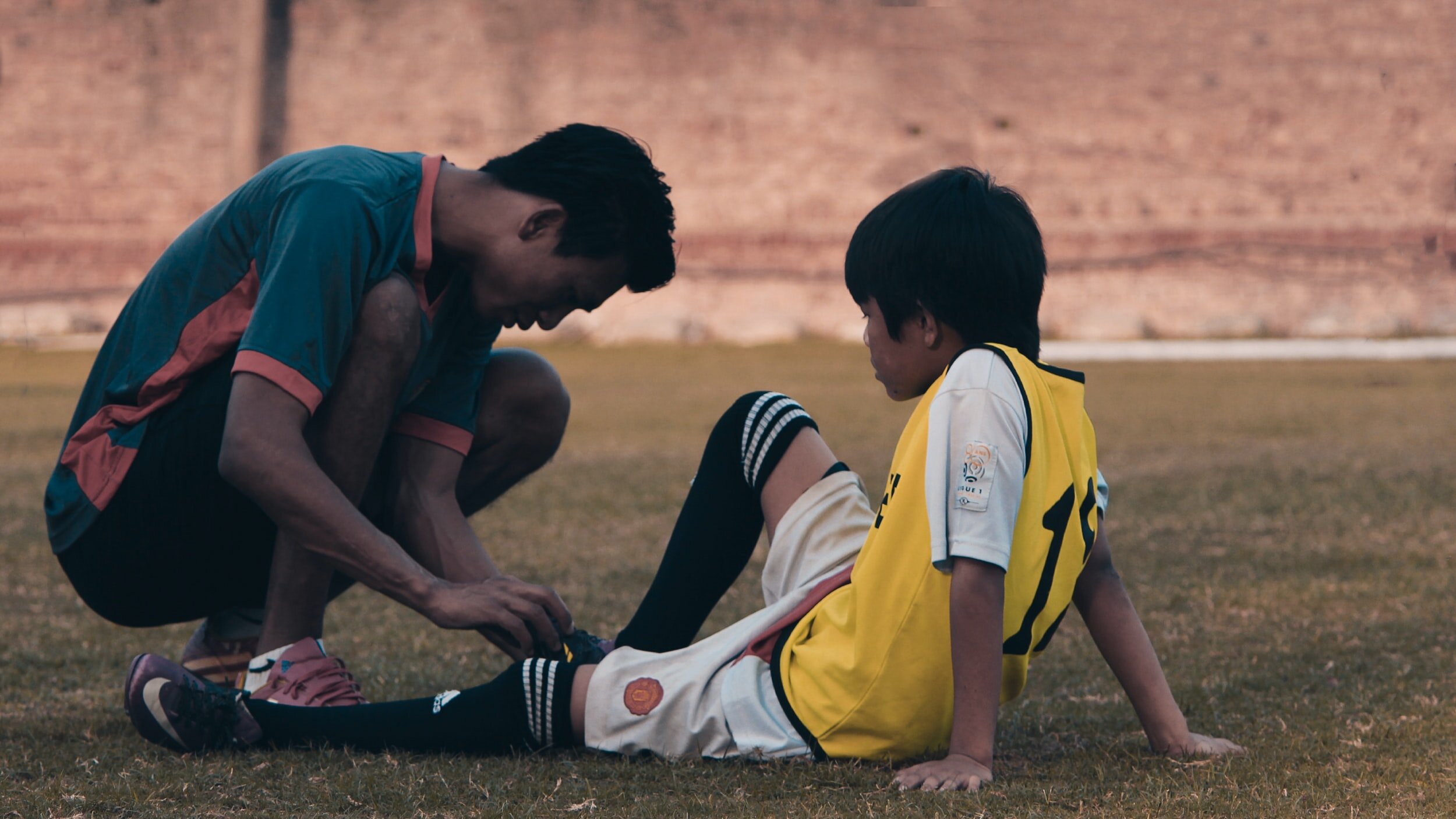Patella Femoral Pain syndrome is the most common knee disorder, accounting for 25% of all
knee diagnoses. It is often a common complaint following meniscus or ACL injury and is the
most common injury for runners.
There are multiple factors that contribute to PFPS. However, PFPS is commonly associated
with repetitive micro trauma, impaired hip muscle strength, and lower extremity flexibility.
Through proper examination a physical therapist can help to determine the contributing factors
causing your pain and difficulty from PFPS and help give you the tools needed to improve function and
decrease pain with activity.









